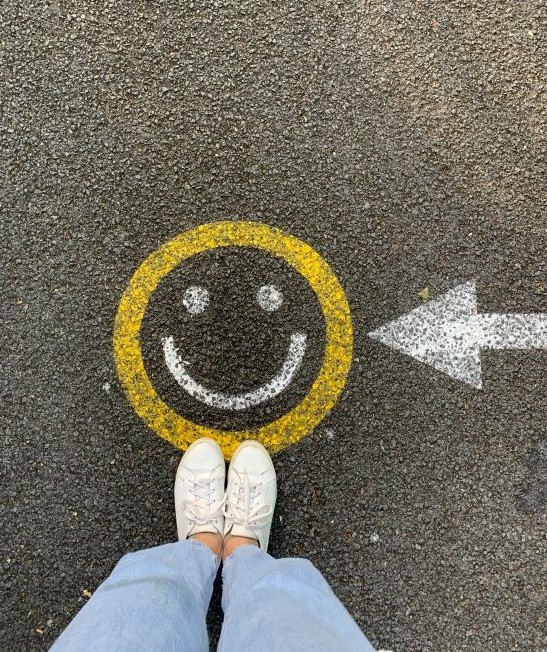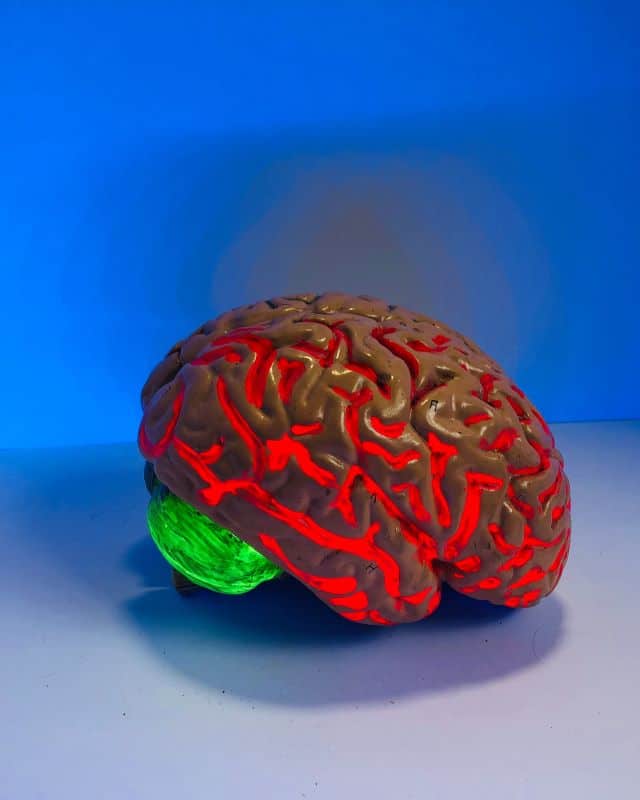Neurotourism
Sustainable tourism planning, strategy and marketing.

The main objective of neurotourism is to know what visitors feel during their stay in a tourist destination. In other words, find out what they feel while doing an activity, visiting a museum, being in contact with local people, tasting a typical dish, etc. Always with the desire to collect information to improve the products and services of the destination.
To do this, we design market research that uses neuroscientific tools, which allows us to obtain results that have multiple applications.

A picture is worth a thousand words. And this, the tourism sector is very clear. There is an unimaginable amount of promotional videos, brochures, catalogs, websites and other materials that seek to captivate the potential visitor in the midst of an ocean of other proposals competing for the same goal.
Neuromarketing pretest advertising studies represent a cutting-edge tool in the field of market research. This discipline combines the principles of neuroscience with advertising, offering a unique perspective to understand how consumers’ brains respond to advertising stimuli, before launching a campaign or other promotional material.
Pretest studies seek to find individuals’ unconscious reactions to specific advertising stimuli. Using technologies like electroencephalogram (EEG), eye tracking and galvanic skin response measurement, the brain and physiological responses of customers to an advertising material can be analyzed, achieving a deeper and more accurate understanding.
So, this technique makes it possible to evaluate the effectiveness of a promotional material before its launch, identifying elements that can generate positive or negative emotional responses. Based on the results achieved, the advertising elements can be optimized.
Neuromarketing advertising pretest studies represent a revolution in the way promotional strategies are approached. By incorporating brain science and physiology, tourism companies can better fine-tune their messages, creating more effective materials to reach their target audiences and thereby optimizing their advertising investments.

Using techniques such as electroencephalogram (EEG), eye tracking and measuring the galvanic response of the skin we can analyze brain activity to identify patterns associated with various emotions. This fact allows, not only to measure the intensity of the emotional response, but also to distinguish between positive and negative emotions.
In other words, measuring emotional reactions while our customer visits us allows us to quantify the degree of emotionality and identify the key moments that trigger more intense responses. What is the most emotional impact on our client?
This allows us to modify and adjust our visits and activities to enhance the emotional connection with our audience, managing to design more impactful experiences with a stronger emotional connection between us and our audience.

In this case, it consists of using neuroscientific tools such as electroencephalogram (EEG), eye tracking and measurement of the galvanic response of the skin while a pre-selected sample of the public visits our destination. Based on the results obtained, it is possible to analyze what their responses and emotional activations have been, whether they have been positive or negative, when and where.
This allows for double duty. First of all, to know which places and moments have the greatest emotional impact on the visitor and, therefore, to be able to collect them in guide format or other promotional material. And, secondly, work on those that appear with a greater margin for improvement.
The writing of an emotional guide for a tourist destination applying neuromarketing principles represents an advanced form in the world of more traditional tourist marketing.




